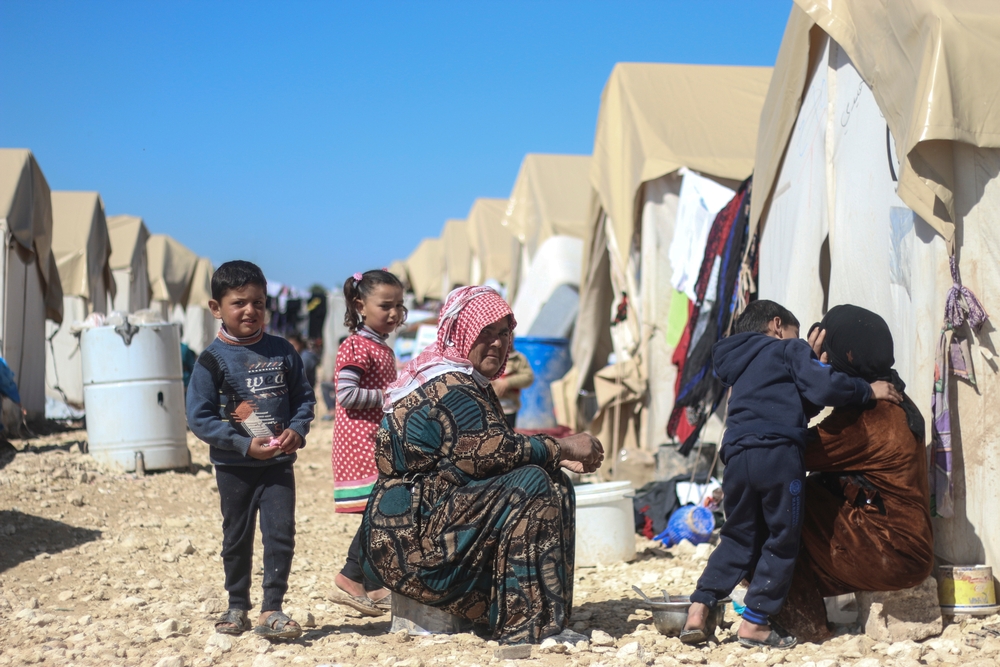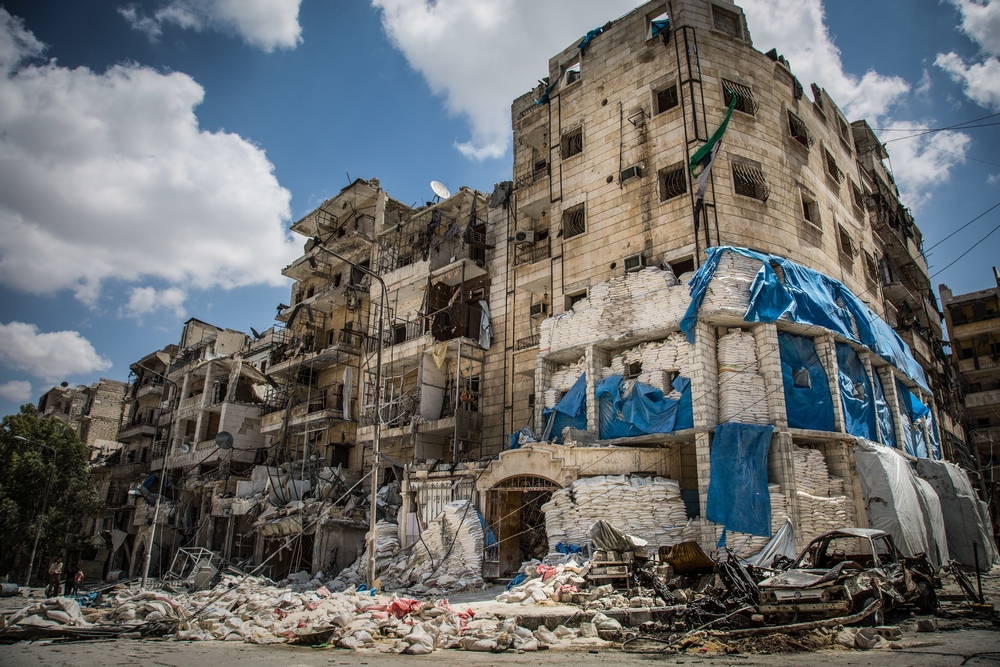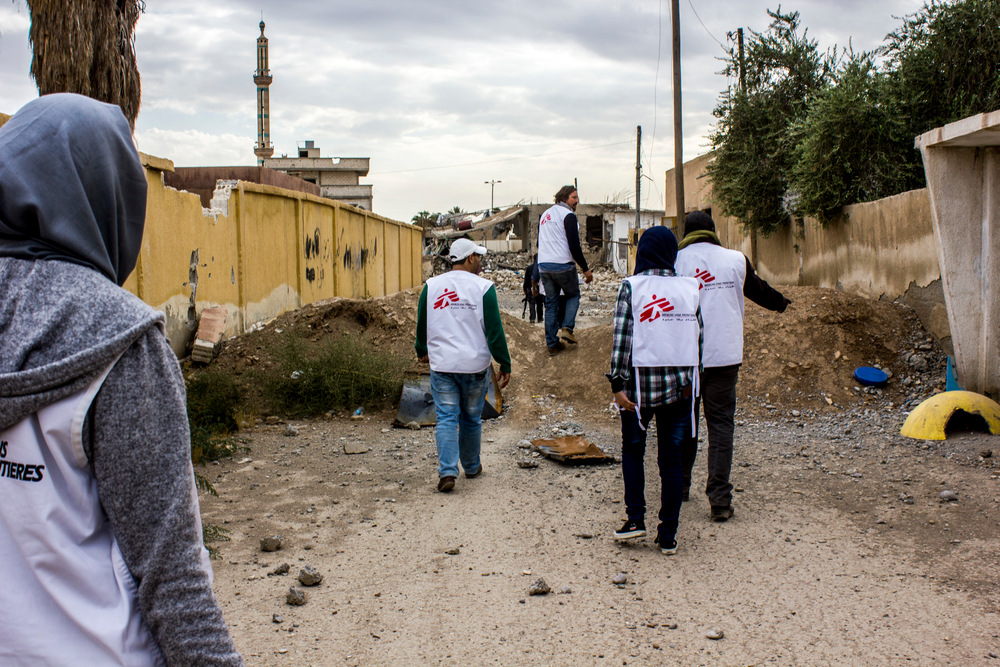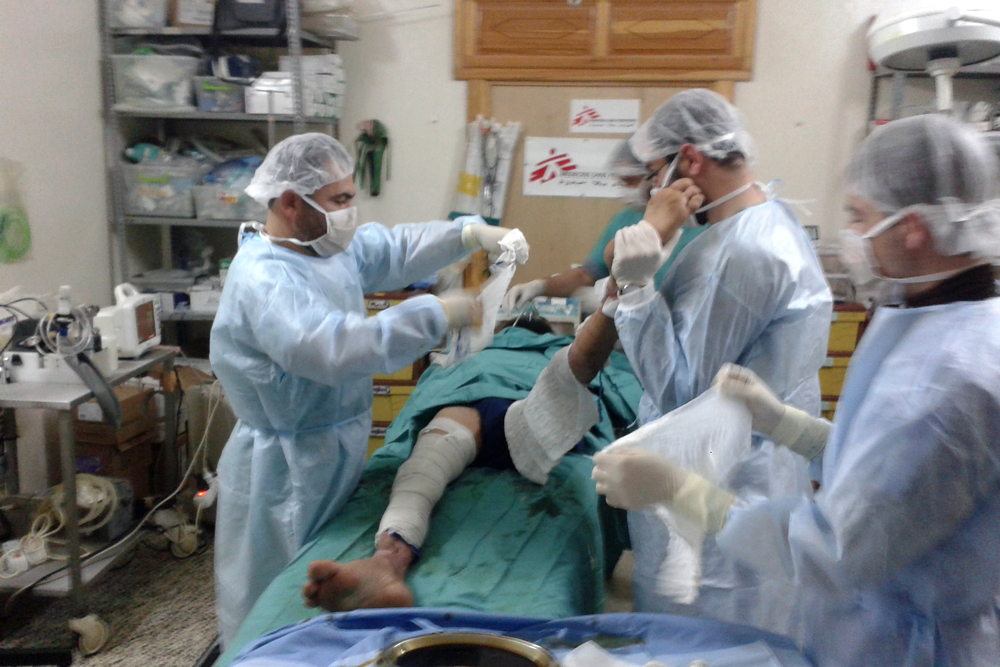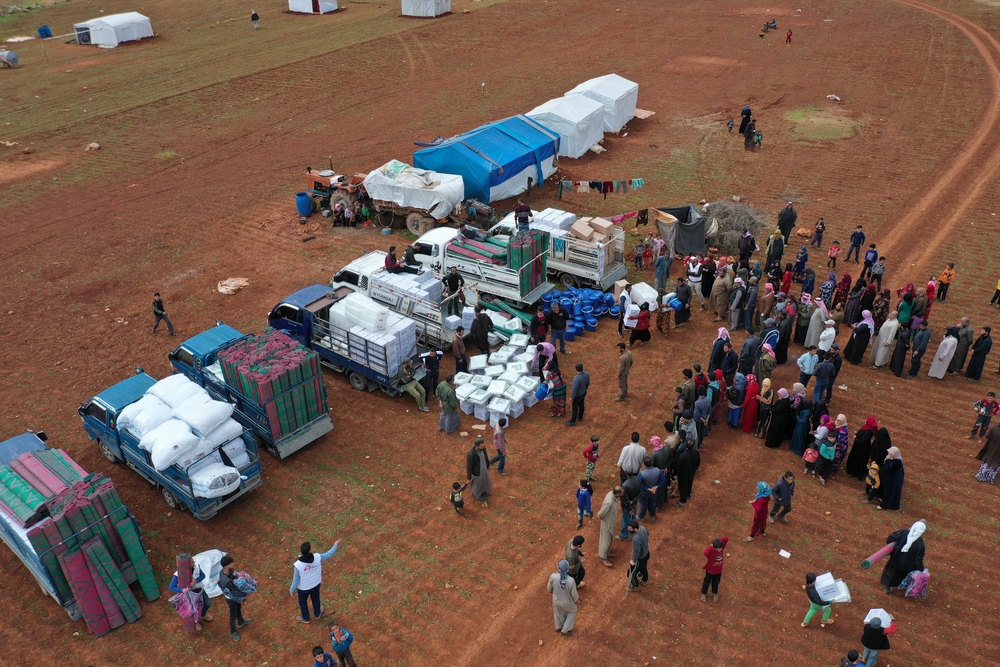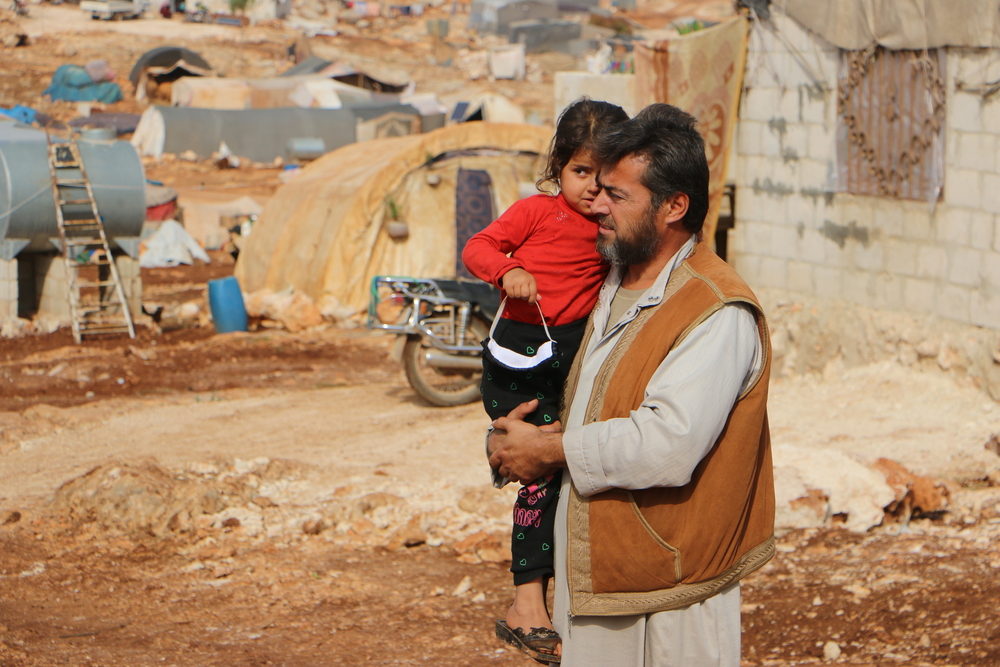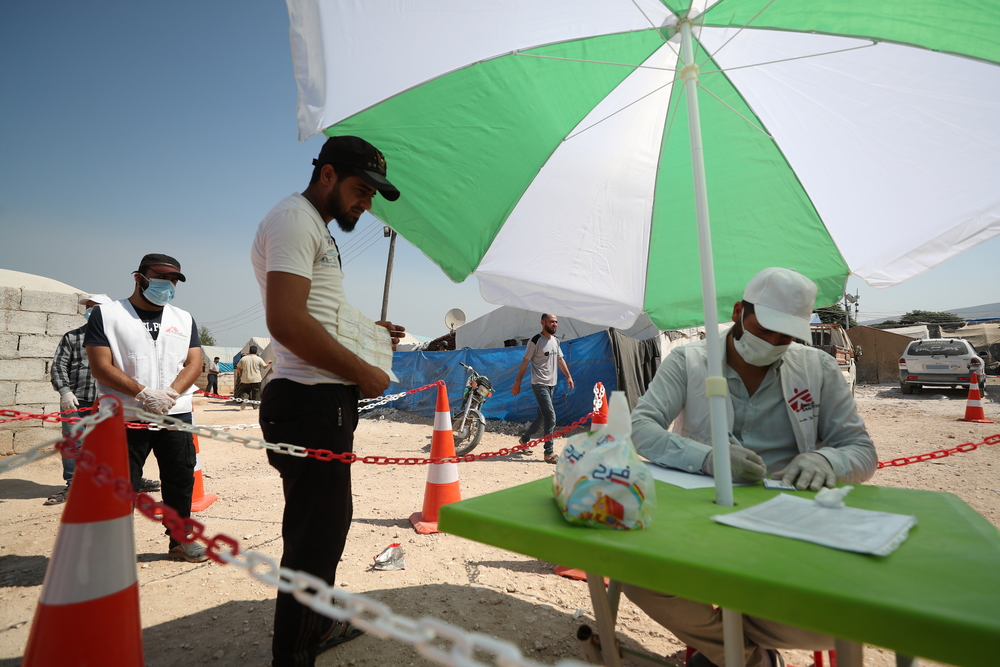2016: A trapped population
In 2016, siege tactics continued, double-tap attacks increased, and intensified bombing and shelling led to the humanitarian crisis inside the country becoming even more dire. By then, many civilian areas had been routinely bombed and deprived of aid. Accessing food and health services was extremely difficult for many people, especially those living in places under siege.
In December, the Syrian government re-took east Aleppo, but not until its residents had lived through the fiercest bombardment of the five-year war. East Aleppo became the epitome of the Syrian conflict, with every atrocity committed in one place: siege warfare; the destruction of multiple hospitals; indiscriminate bombing of civilian areas; and a total disregard for the rules of war. MSF was fully or partially supporting eight hospitals in east Aleppo – all of them were hit by bombs.
Medical facilities, staff and patients continued to be victims of indiscriminate and targeted attacks. In 2016, 32 medical facilities receiving our support were bombed or shelled on 71 separate occasions.
Meanwhile, more of Syria’s neighbouring countries had closed their borders to refugees, leaving many people trapped in areas under siege or stranded at the closed borders, as happened at the Jordanian border, blocking access to lifesaving activities for war wounded people.
2017: A race for territory
A race to secure territory and control emerged as the main geopolitical change of the year. After a major military offensive on Raqqa, the IS group lost control over large areas of territory in the northeast to US-backed Syrian Democratic Forces. MSF treated hundreds of war-wounded people as a result of the intense bombing offensive in Raqqa, as well as those severely injured by booby traps and unexploded ordinances left behind in people’s destroyed homes. Meanwhile, in the south of the country, the Syrian government began retaking territories in the provinces of Dara’, Quneitra and Suwayda. These events had major consequences on the lives of hundreds of thousands of people living in these areas due to the heavy shelling.
These changes in dynamics and the balance of power disrupted our activities in some of the areas where we worked. A total of 11 medical facilities that we supported were hit by bombs or shells on 12 occasions in targeted or indiscriminate attacks.
2018: Waves of displacement and return
With intense fighting to gain control over disputed regions, and with the military advances of Syrian government forces, new waves of displacement began to northwest Syria. These followed surrender terms imposed by the government granting safe passage for fighters and civilians who wanted to be transported to other non-government-controlled areas of the country, most often to Idlib province. Meanwhile in the northeast, people were coming back to ruined towns and cities full of booby traps and landmines.
Between February and April, east Ghouta, in the suburbs of Damascus, witnessed one of the heaviest bombardments since the beginning of the war. Many health facilities were hit and around 2,000 people were killed during the offensive, which ended with the Syrian government taking control of the suburb.
In many places, such as Dara’, east Ghouta, Hama and Homs, MSF was unable to continue its work and support to medical facilities after these areas were retaken by the Syrian government. At this time we increased our medical support in the north of the country.

